Range Rover Electric First Drive: Behind The Wheel As The SUV Goes EV
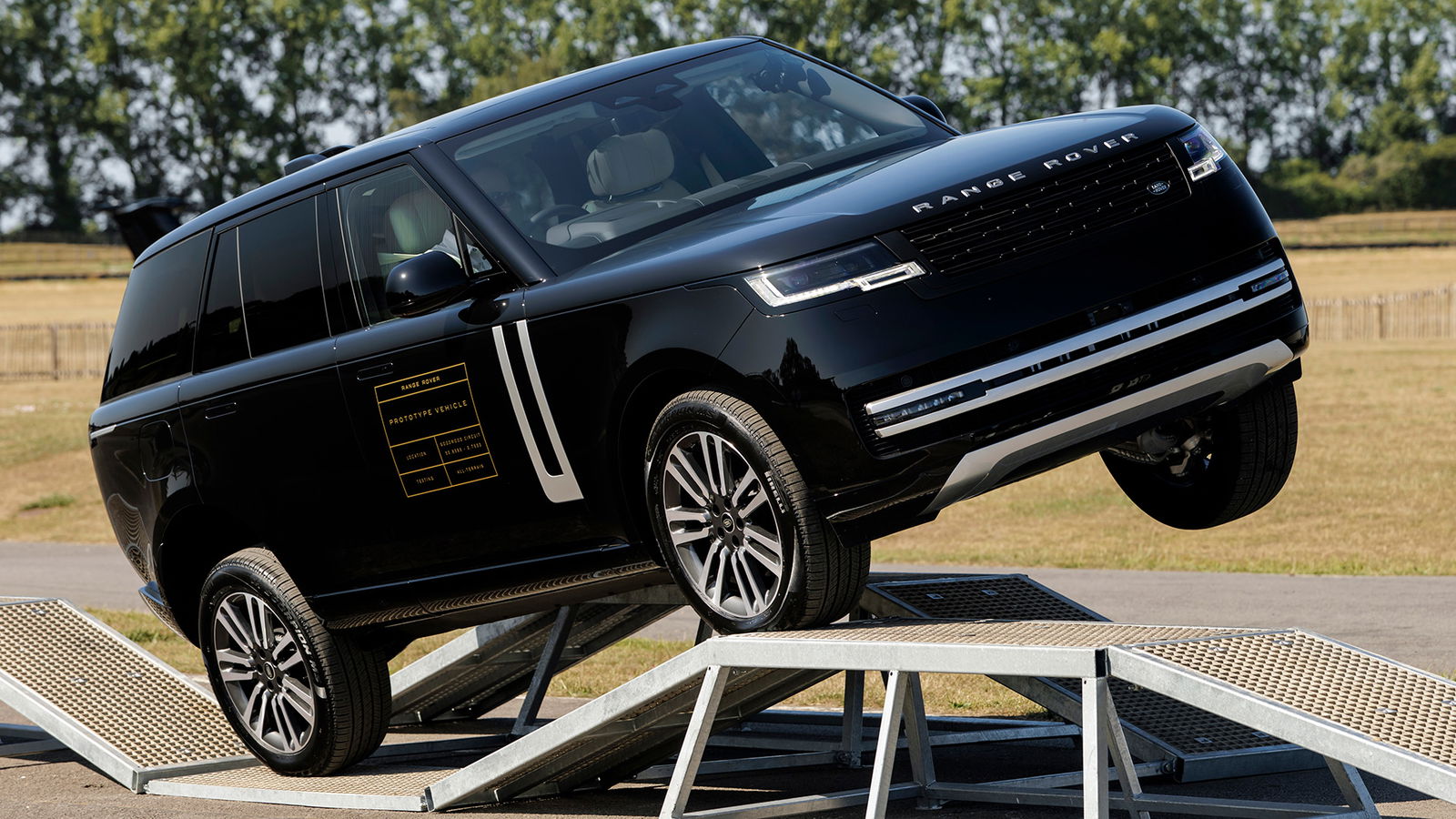
“A Range Rover first, an electric car second” is the line told to us repeatedly over a series of technical workshops. We’ve known for some time that the Range Rover Electric would be coming, with the project officially announced in 2023, but now production is finally nearing.
It’s taken ‘several years’ to get to this point, according to some of the engineers who have been painstakingly close to the development of the battery-powered version of the SUV for the last few years.
Not to be one to discredit the work of engineers, given that ultimately our work extends to typing some words about cars on a keyboard, but there’s often the impression that ICE platforms turned into EVs is a simple case of removing the engine, placing in batteries and motors, done.
For a Range Rover to be a Range Rover, though, it has to be able to properly go off-road, and that means it was never going to be as simple as that, if that first line of this article is to be achieved.
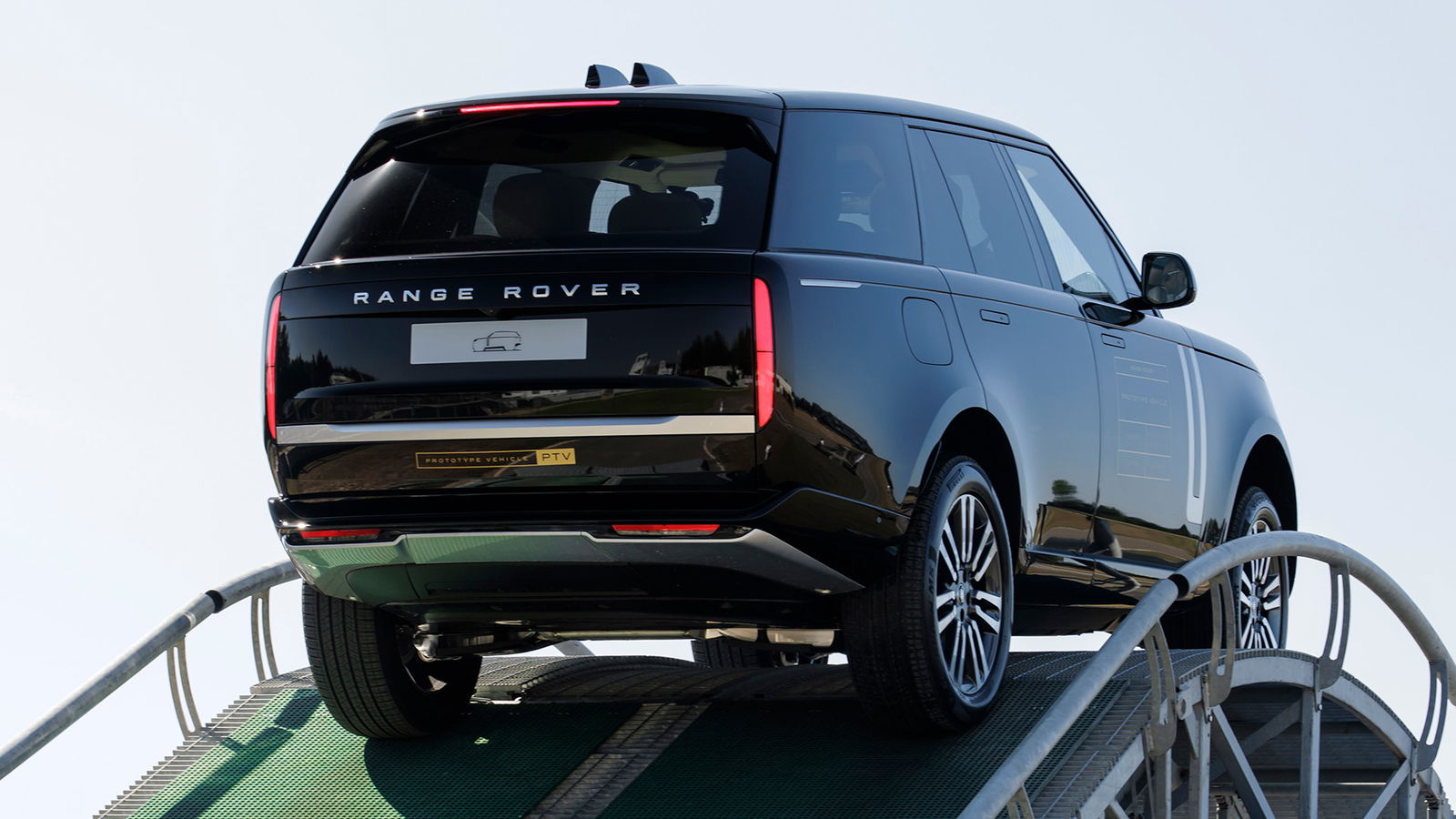
That’s led to several engineering headaches to solve and many clever solutions as a result. Gone are the mechanical locking differentials; instead, all of the RR EV’s power and traction management is done through software trickery.
Two electric motors – one on each axle – provide a total peak of 542bhp and 627lb ft of torque. That’s distributed across both ends of the car through ‘Independent Driveline Distribution’, and ‘Integrated Traction Management’, dealing with its application on each corner of the car.
Then there’s the challenge of protecting its floor-mounted 118kWh battery pack from the elements while targeting a 900mm wading depth to match ICE-powered versions of the SUV, requiring some pretty thick aluminium housing. Oh, and it’s worth noting that 350kW charging is supported in case you were concerned that it would take an age to reawaken its electrons.
Air suspension remains as on the base car – the system is already used to handling a shedload of weight, of course – with some tweaks to help retain control of a presumably heavier beast than the ICE car. No word yet on that figure, but early speculation suggests around 2.8 tonnes before you add people into the equation.
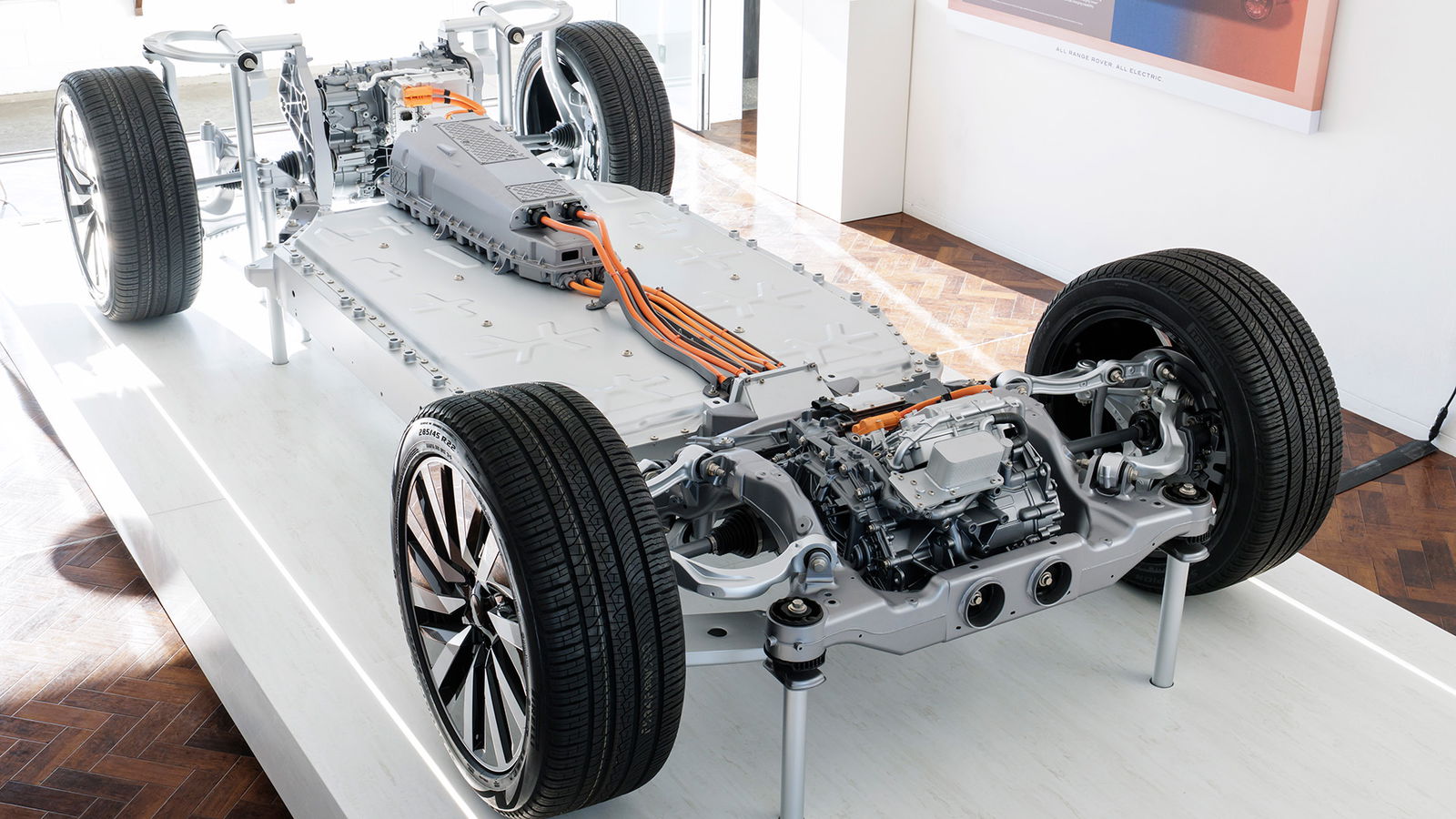
For all its mechanical changes, though, the Range Rover Electric looks practically identical to the existing SUV. There’s some subtle reworking of the front end presumably for the sake of cooling, and if you really pay attention, you’ll spot ‘EV’ centre caps on the wheels, although those will be optional to customers if you’d rather not make such a noise about battery power.
Even inside, you won’t spot any changes. The gear selector is retained from combustion versions, albeit with the subtle change of S now activating one-pedal driving instead of ‘Sport’ as before.
So now you want to know how it drives, don’t you? Early impressions are entirely predictable in summary – it’s a Range Rover that happens to be electric.
Sorry, you want more? We do too. Our prototype drive was pretty limited to a short obstacle course laid out within the Goodwood Motor Circuit while the Festival of Speed was filling the air with noise a few hundred yards away, although it’s given us enough food for thought.
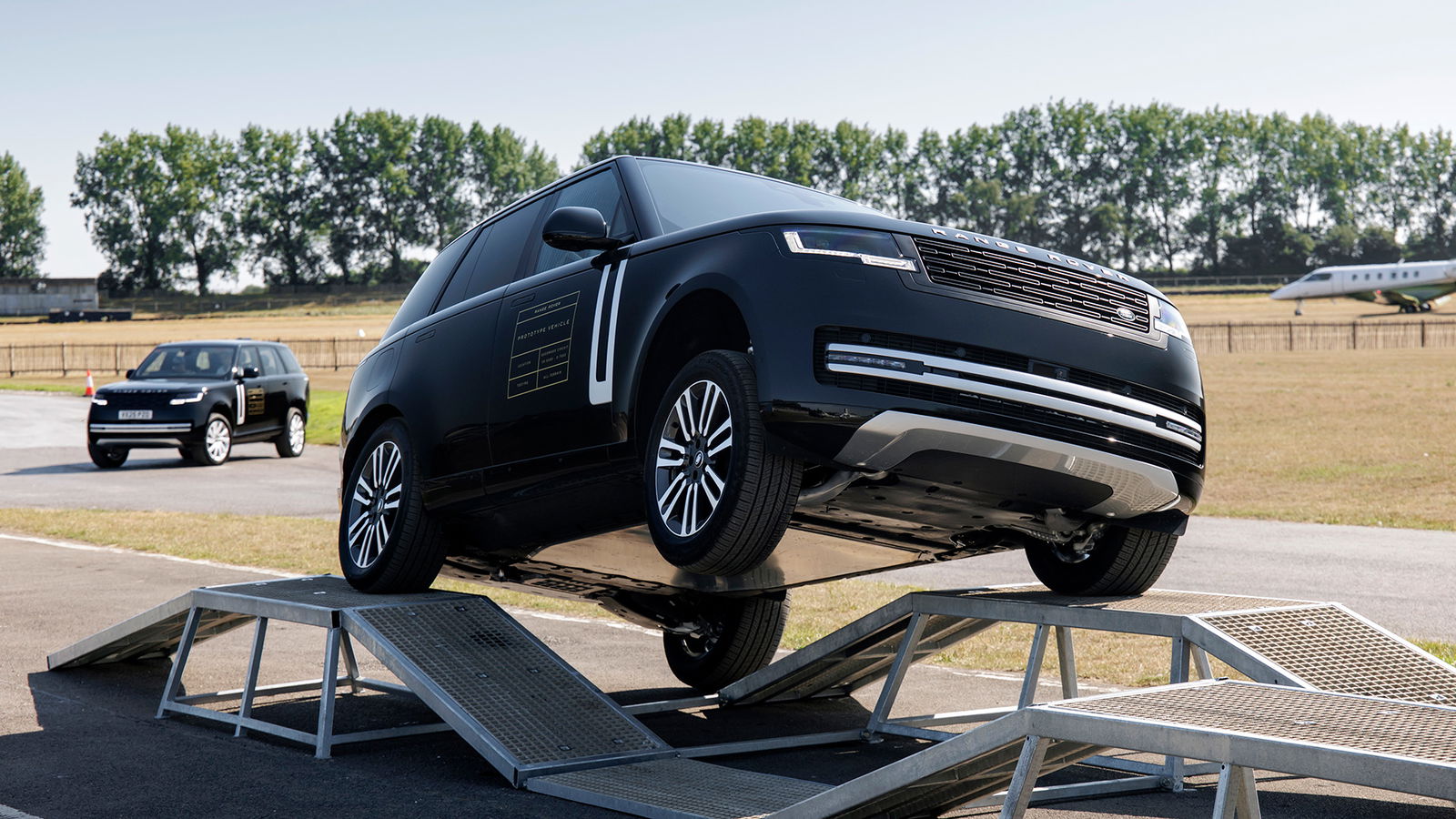
Despite relying entirely on software rather than physical hardware for off-road capabilities, all of its modes are present and correct. We stuck with mud ruts for our run, most notably delivering pretty aggressive regenerative braking in one-pedal mode.
Not so much for the need of returning charge to the battery, but rather, to give you granular throttle control when conquering rough situations. Even when you’re hanging in the balance on diagonally opposite wheels, or with a sole tyre on a slipper patch, the way the Range Rover Electric is able to manage traction is pretty impressive. On par with the ICE car, which is ultimately all it needs to be.
Managing a max of around 15mph while heading around the course, it’s hard to talk much about refinement at this stage. But without any artificial noise piped in, there’s near-silence in the cabin. We get the impression that the electric power will only enhance the on-road Range Rover experience rather than detract from it.
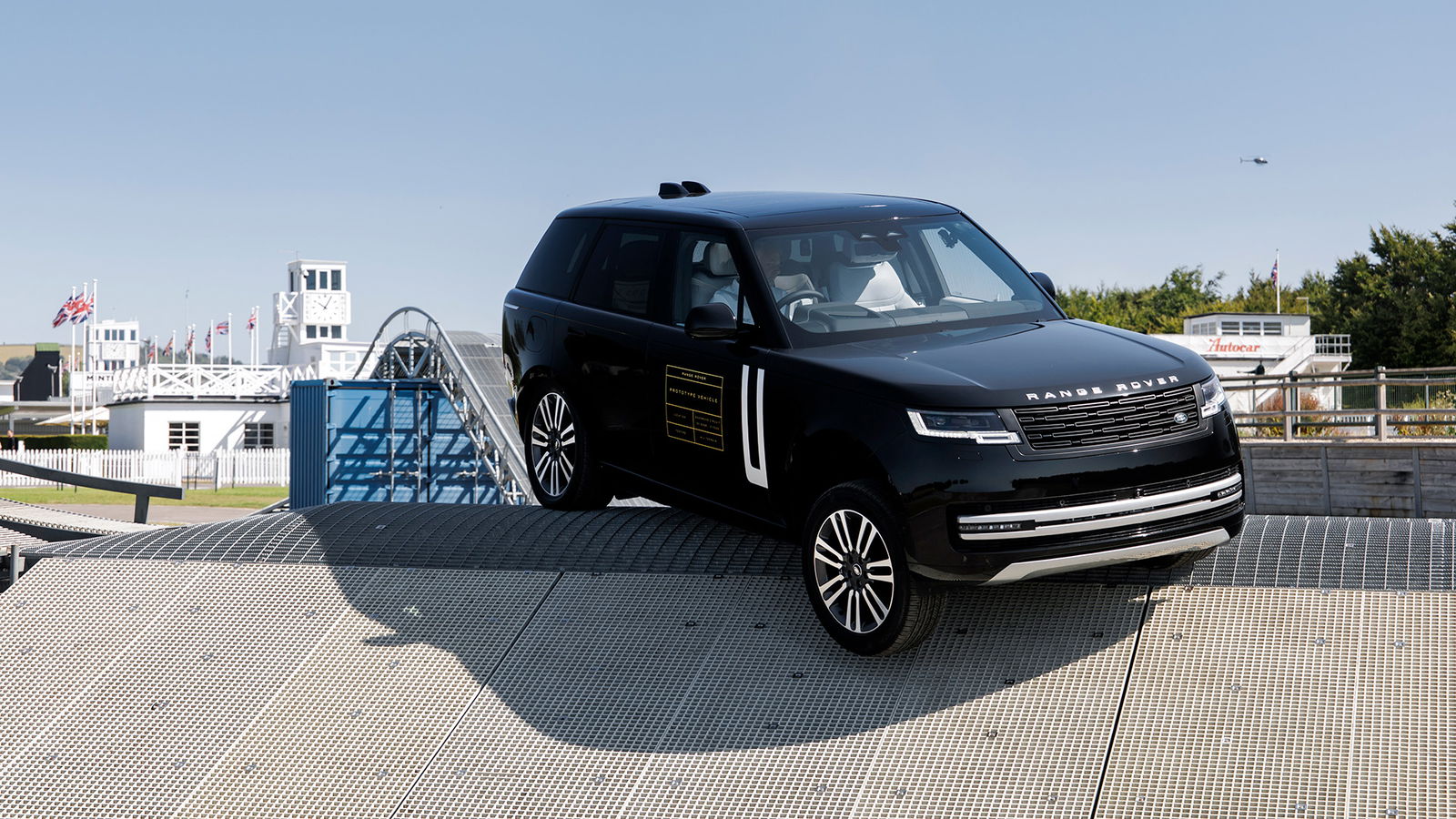
We’ll have to reserve full judgment for another day, but the early signs are that ‘Range Rover first, electric car second’ has proven to be the right mission statement.
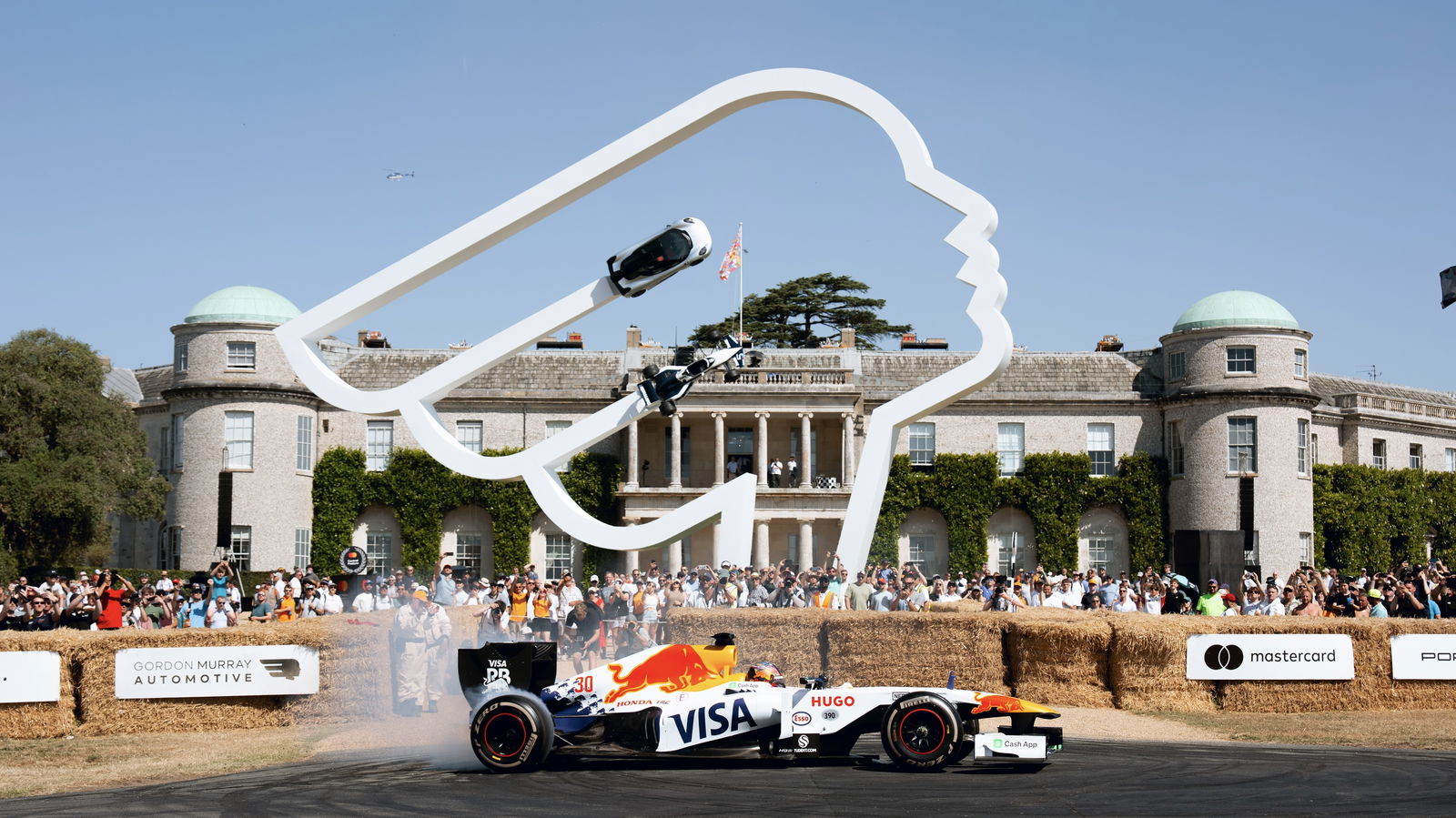
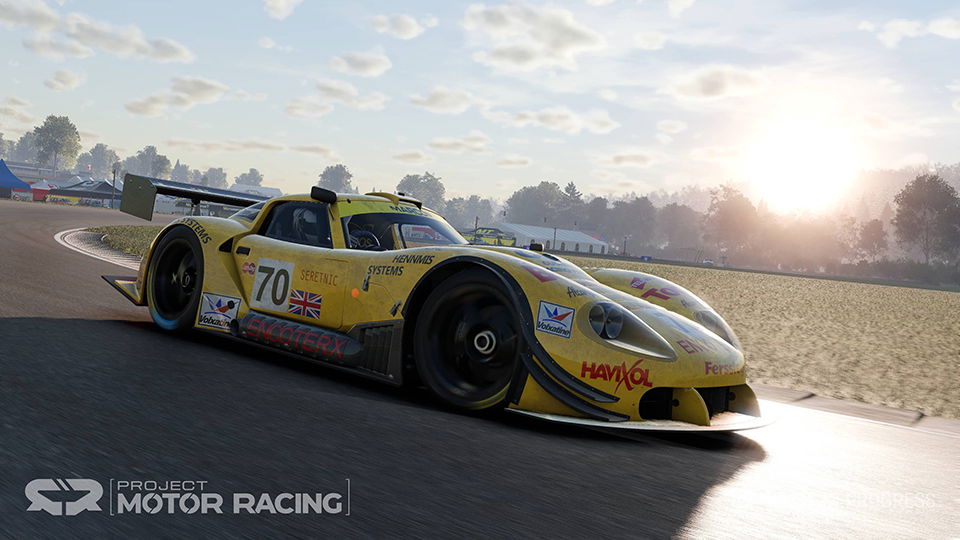



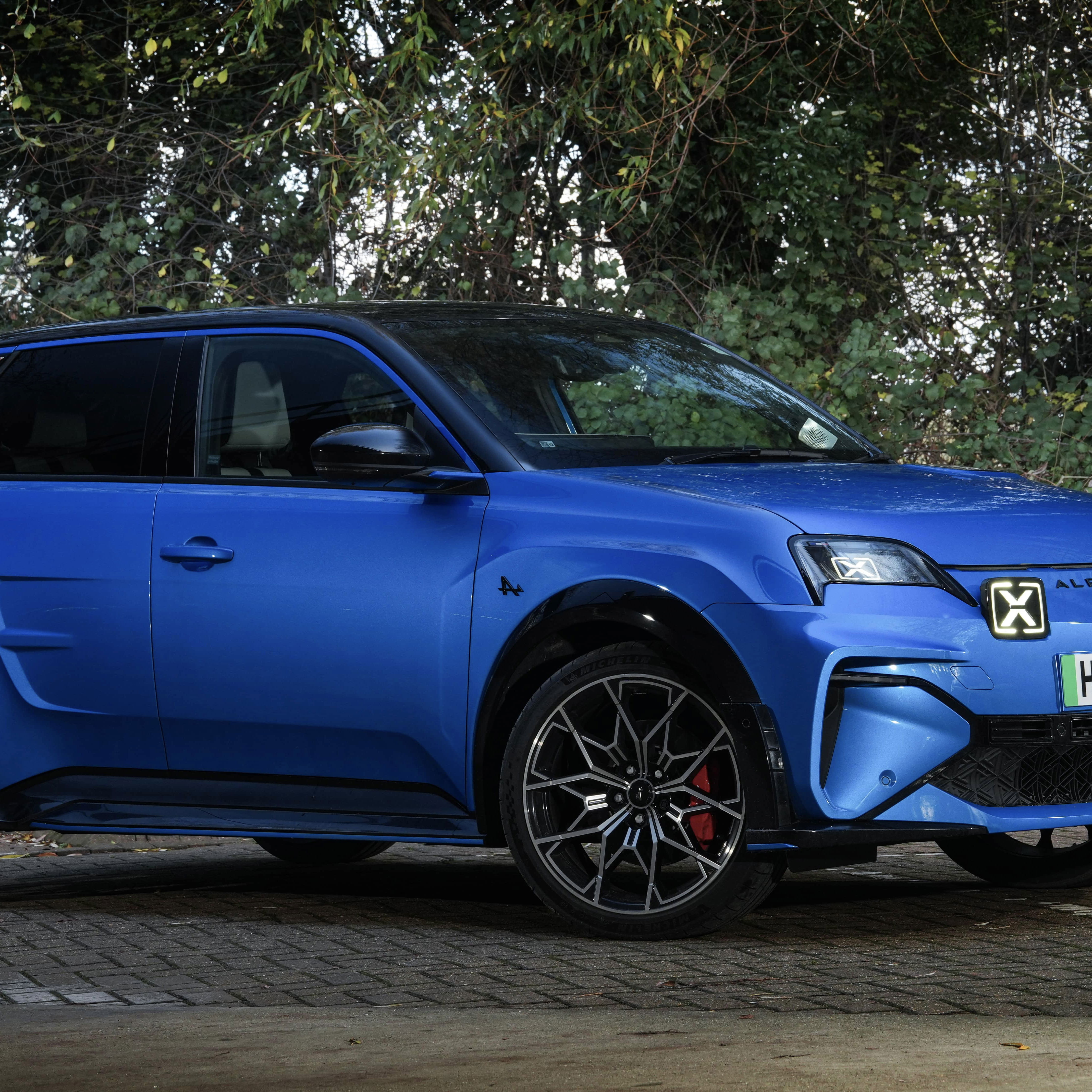







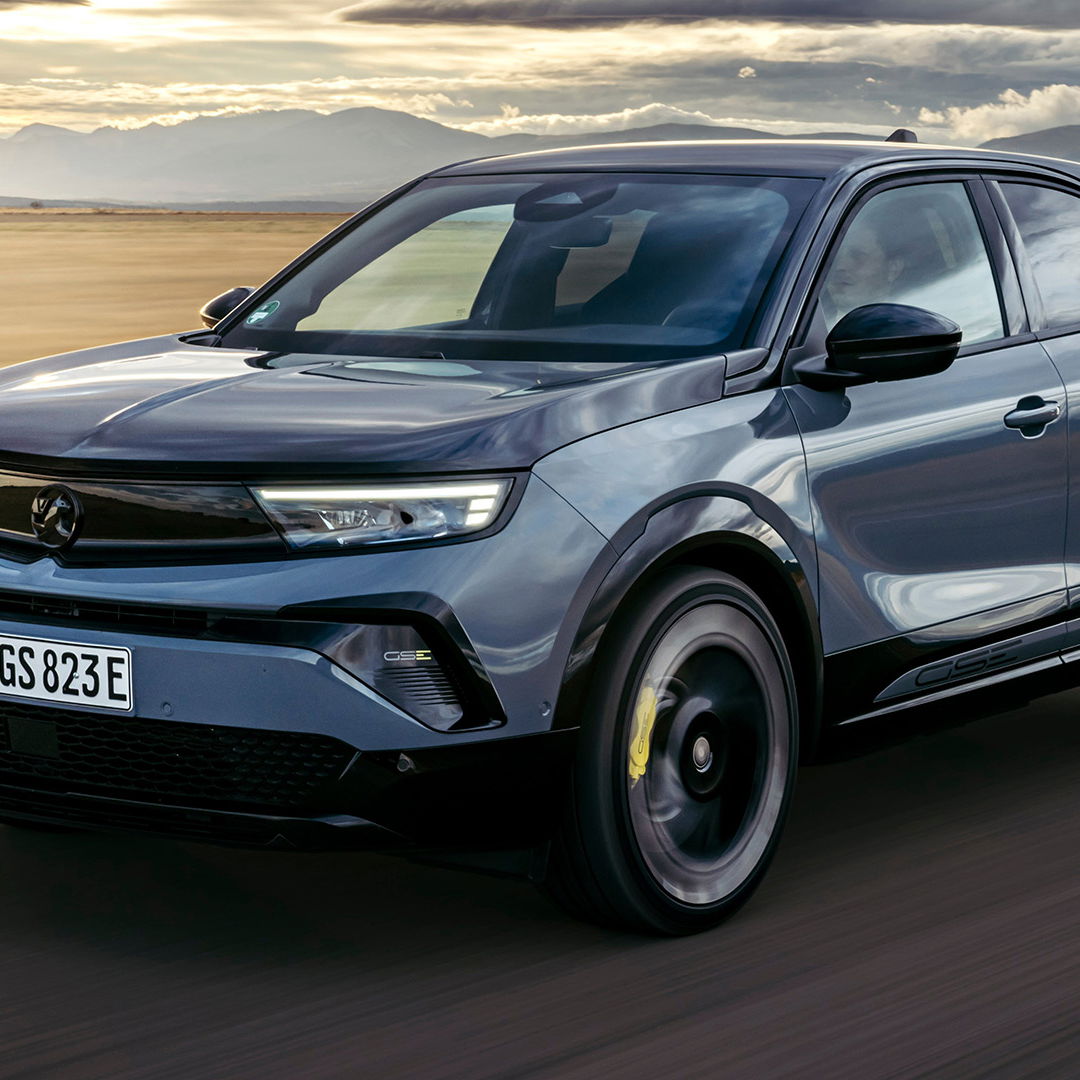
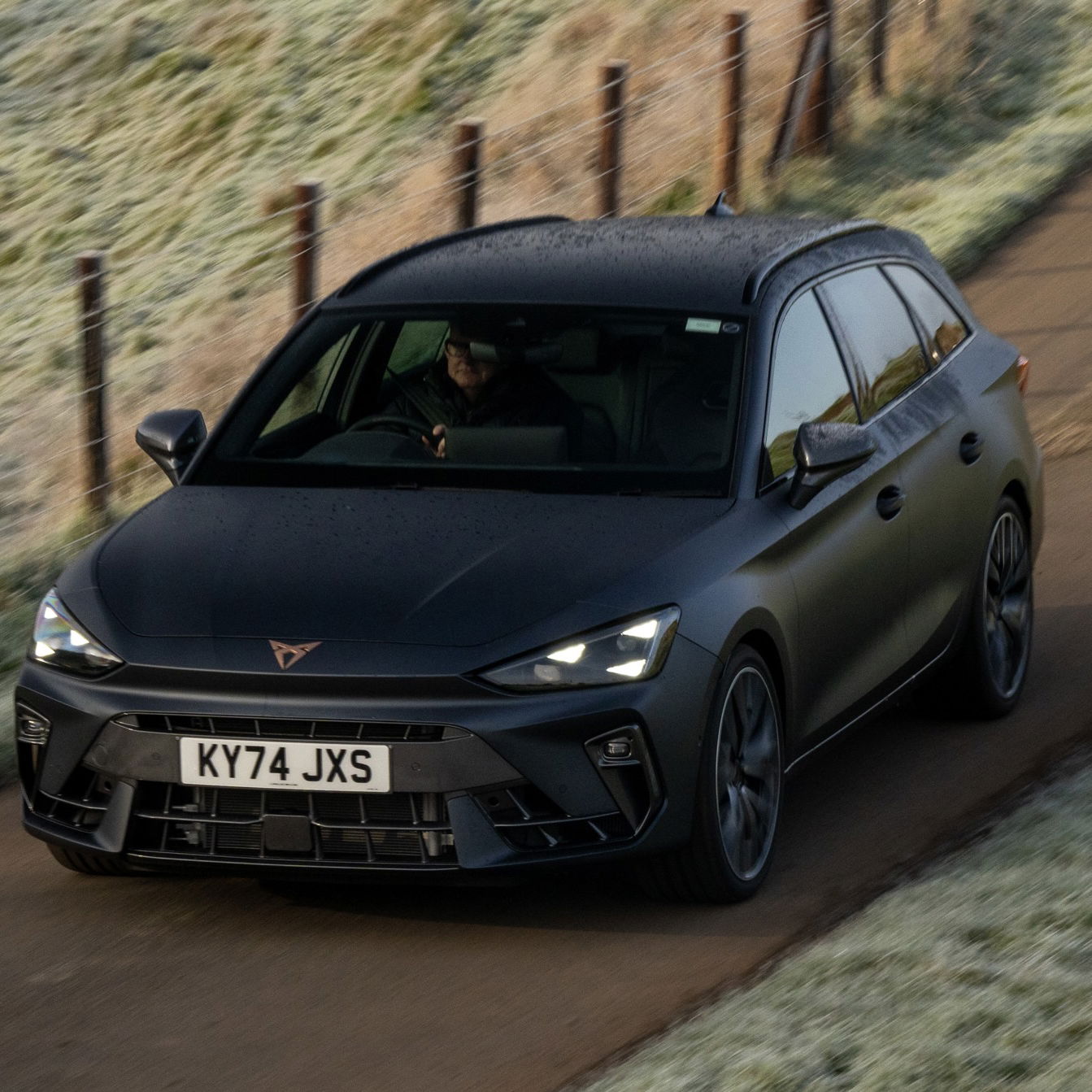
Comments